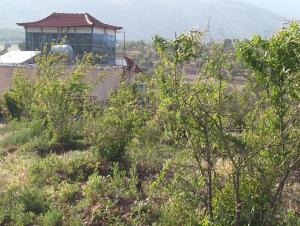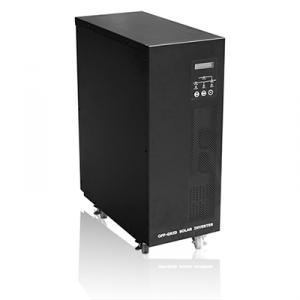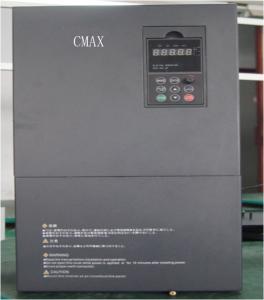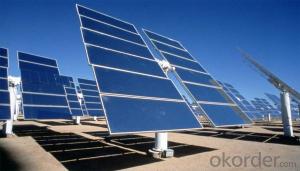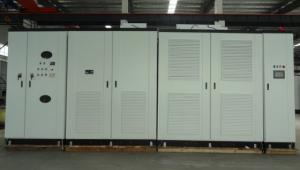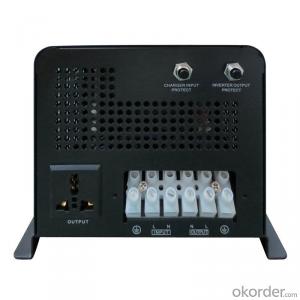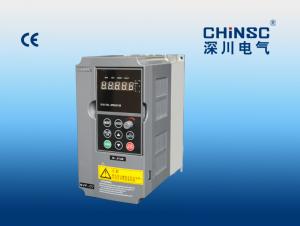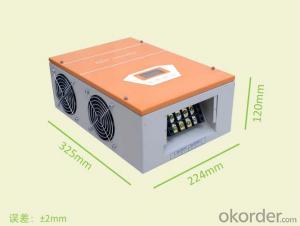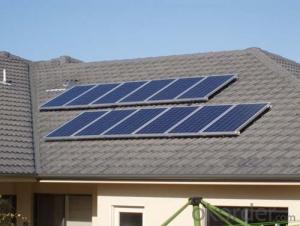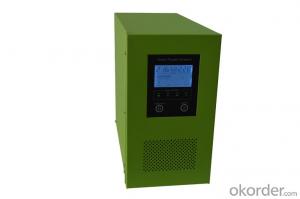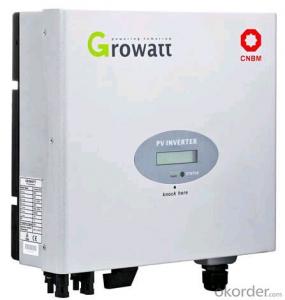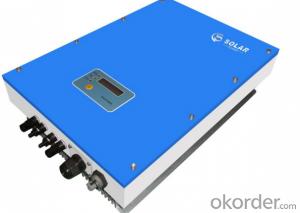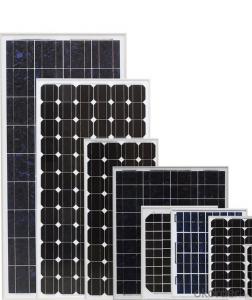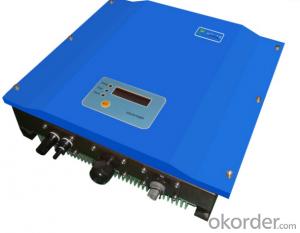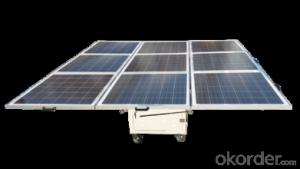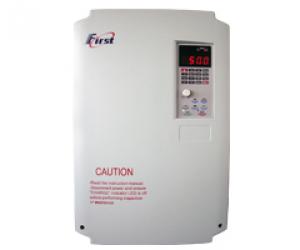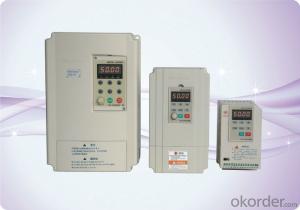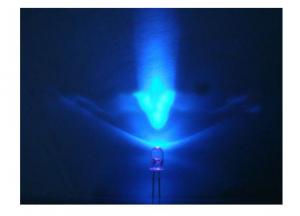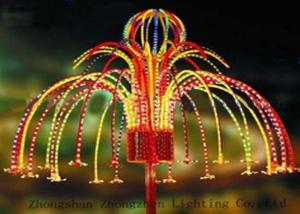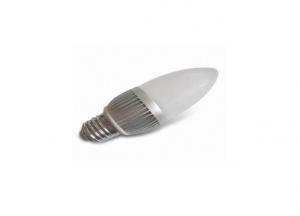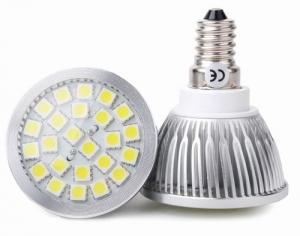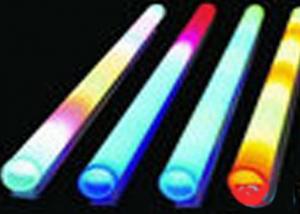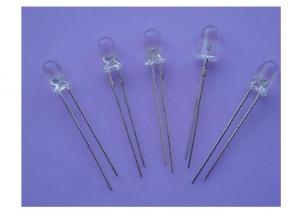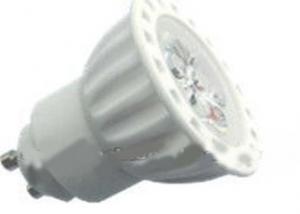Best 3kw Solar Inverter
Best 3kw Solar Inverter Related Searches
Best 3 Phase Solar Inverter 3kw Solar Inverter 3kw Inverter Solar 3kw Solar Inverter Price 3kv Solar Inverter Solar Inverter 3 Kw 3kva Solar Inverter 3 Kw Solar Inverter Price 3kw Solar Hybrid Inverter 3kw Hybrid Solar Inverter 3 Kva Solar Inverter 3 Kilowatt Solar Inverter Solar Inverter 3kva Hybrid Solar Inverter 3kw China Solar Inverter 3kw 3k Solar Inverter Growatt Solar Inverter 3kw 3kva Hybrid Solar Inverter Solar 3 Phase Inverter Solar Inverter 3kw 220v 3kw Off Grid Solar Inverter Solar 3 Phase Inverter Price 3 Phase Solar Inverter Off Grid Solar Inverter 3kw Best Solar Inverter 3 Phase Solar Power Inverter On Grid Solar Inverter 3kw The Best Solar Inverter 3 Phase Solar Inverter Price 3 Phase Inverter SolarBest 3kw Solar Inverter Supplier & Manufacturer from China
The Best 3kw Solar Inverter is a high-quality and efficient power conversion device that is designed to convert the energy generated by solar panels into usable electricity for residential and commercial applications. This advanced inverter is equipped with advanced features such as maximum power point tracking (MPPT), which ensures that the solar panels operate at their optimal efficiency, and a user-friendly interface that allows for easy monitoring and control of the system.The Best 3kw Solar Inverter is widely used in various scenarios where a reliable and efficient power source is required. It is ideal for small to medium-sized solar power systems, such as those used in homes, businesses, and remote locations. This inverter can handle the power demands of various electrical appliances, including lighting, air conditioning, and refrigeration systems, making it a versatile solution for a wide range of applications. By utilizing the Best 3kw Solar Inverter, users can significantly reduce their reliance on grid electricity and take a step towards a more sustainable and eco-friendly lifestyle.
Okorder.com is a reputable wholesale supplier of the Best 3kw Solar Inverter, offering a large inventory of this high-performance product to customers worldwide. As a leading online platform for sourcing electrical and electronic components, Okorder.com is committed to providing top-quality products at competitive prices. With a vast selection of solar inverters and other renewable energy solutions, Okorder.com is the go-to destination for those looking to invest in clean and sustainable energy technologies. By partnering with Okorder.com, customers can be confident that they are receiving the Best 3kw Solar Inverter at the best possible price, ensuring a cost-effective and efficient solar power solution for their needs.
Hot Products





